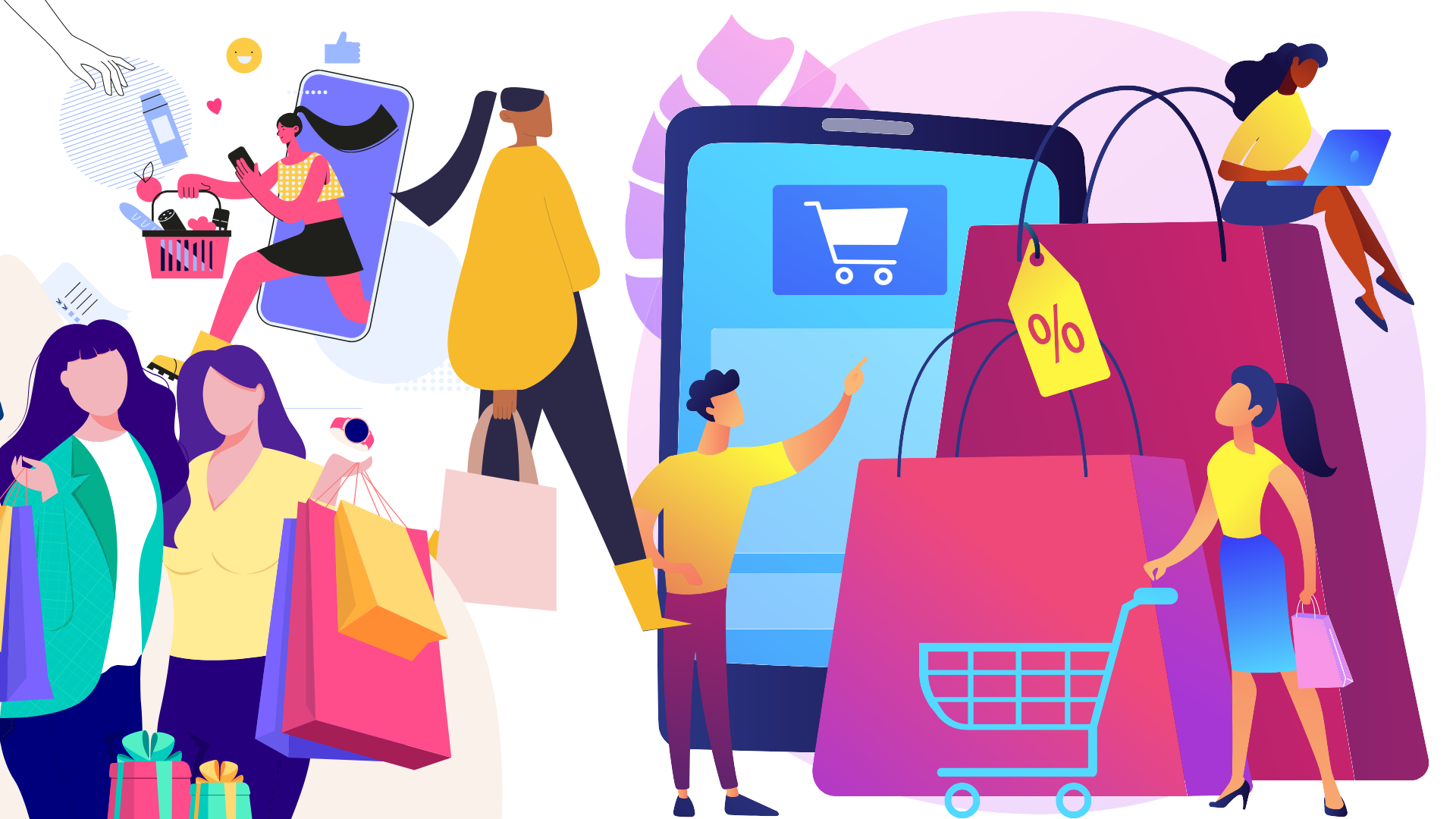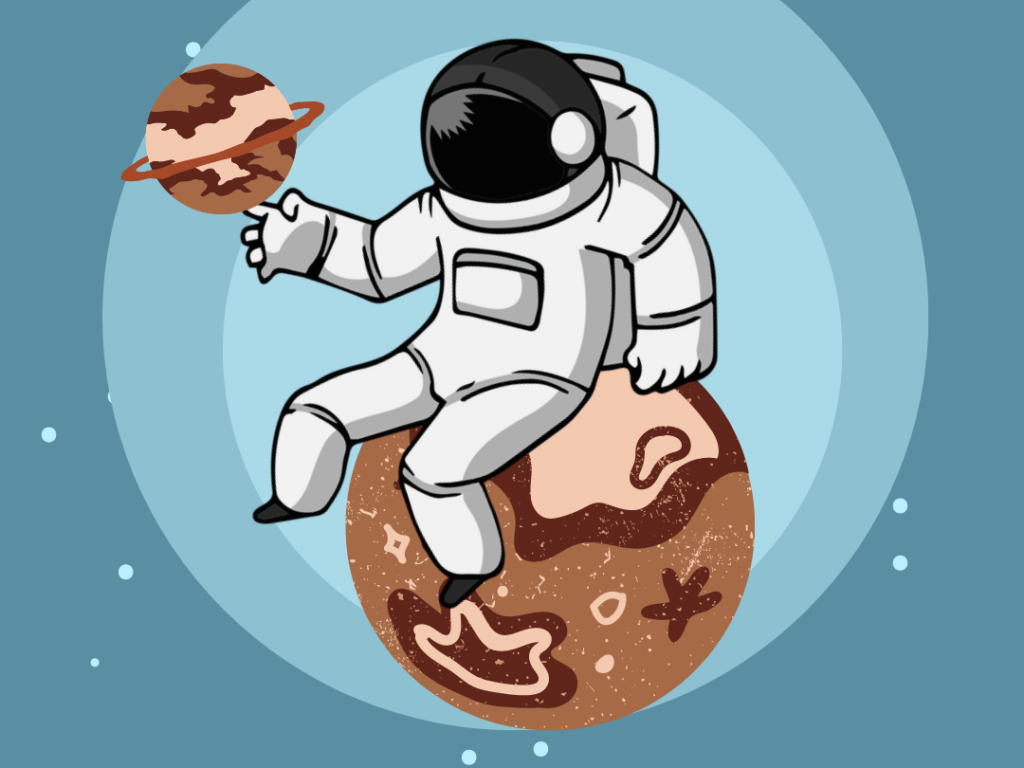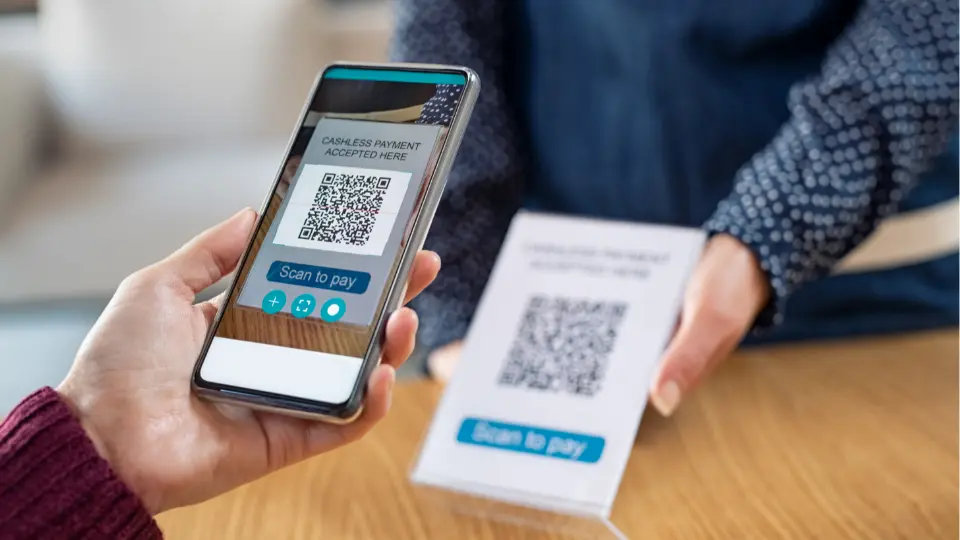

What is Customer Loyalty? 5 steps to increase it!
The Band-Aid is the most trusted company in the US, according to the American Customer Satisfaction Index (ACSI). Why? because they have loyal customers. They are not always the best brands, but they have loyal customers who choose them over other brands.
A straightforward word, “customer loyalty“, describes the favorable connection your customers have with your company or brand. They choose your business rather than going to a new one because of the connection, which encourages them to keep buying from your brand.
Thus, the core of the whole company is its current customers. Were you aware that current customers are 30% more inclined to spend money on your brand and are 50% more willing to explore new items and services? Customer loyalty entails this.
Customer loyalty is the inclination of a customer to keep making purchases from or doing business with a certain firm. Customers are loyal to businesses that provide them with satisfying experiences, such as good customer service, a strong sense of brand identity, high-quality goods, etc.
Customer loyalty definition is simply the customer’s capacity to believe in your goods and services and their favorable perception of your brand. A loyal customer is not readily swayed by the availability or pricing given by other businesses.
How can a brand benefit from customer loyalty?
Other crucial business KPIs are impacted by customer loyalty as well. A method of gradually expanding the company is to have satisfied and loyal customers. Customers that are loyal to a brand spend more time and money with that brand.
- The bond they form with your brand is more significant than any advantages customers could get from your competitors. Additionally, loyal customers assist in business promotion by suggesting the company to their friends. Over 90% of customers agree that word-of-mouth has a significant impact on their choice to make a purchase, making “word-of-mouth” an intriguing and effective marketing tactic.
- Maintaining existing customers costs five times less than acquiring new ones. Expenses associated with software, marketing, and sales staff are examples of customer acquisition costs. Only when your income exceeds your costs will your brand be successful. This implies that if you invest $200 to attract and convert a prospect, they must spend at least that amount to balance your cost and profit.
- A business has to keep customers for 12 to 18 months in order to break even on CAC. In comparison to the notion of seeking out new customers, customer loyalty seems more cost-effective. Existing customers, who are knowledgeable about how your company operates, voluntarily use your brand again. Your brand’s expansion will be simple and seamless thanks to loyal customers.
- By an estimate, disloyal customers might limit your company’s development by 25% to 50%.
- The best way to gauge customer satisfaction and get customer loyalty measurement is through NPS survey as it not only measures the customer’s satisfaction level, but also gives insight into how likely they will act as ambassadors for your brand among their friends and family.
Create a free NPS survey to gauge your customers' loyalty
5 steps to increase customer loyalty
Companies need to draw in new customers if they want to expand their market share. To solidify their brand in customers’ minds, businesses must learn how to cultivate loyalty among their customer base. Increasing customer loyalty may boost revenue and assist in moving the company forward.
1. Raising consciousness
A company that wants to dominate a market must make its brand known to its target audience. It could be done via narrative, targeted marketing, or an internet presence. The company should employ top marketing techniques to raise customer awareness of the brand and its products.
2. Customer research
By assisting customers in their product and service research, you may differentiate yourself from the competition. A website’s influence on visitors may be increased by designing an educational website and regularly updating it with quality material. Utilize additional channels to increase customer access to information.
3. Demonstrates benefits
Customers often buy from a brand when they need the goods or want emotional fulfillment. Customers so often seek goods that will satisfy them and provide value.
Customers’ trust may be increased by showcasing the benefits and distinctiveness of your products. Trust also fosters loyalty. Therefore, stressing the benefits of your product to the customer fosters customer loyalty and makes your brand look reliable.
4. Developing familiarity
Buy, Use, and Repeat are three of the customer experience phases that are included in this stage.
Customers value their first impressions of the goods. After the first usage, they create an impression of the product. Their knowledge of the product is determined by their experience, which determines whether they will go to the next stage.
Assuring customers that the company will continually live up to their expectations at this stage is what helps to solidify their level of customer loyalty.
5. Customer testimonial
Customers who recommend your goods or brand demonstrate their loyalty to it. It demonstrates that customers are thrilled with your products and company as a whole and want other people to share in their joy. You now have a solid base of loyal customers.
The relationships you have with your customers become stronger throughout this phase. Deliver an amazing customer experience to your advocates by using customer insight to gauge customer loyalty. Personalize your customer loyalty programs and incentives for these loyal customers to raise their lifetime value.
Create NPS survey to gauge the effect of these steps on your customers' loyalty NOW!
Types of loyal customers
Different factors may contribute to customer loyalty. Not every one of them is loyal to your brand. Here is a list of customer loyalty categories.
1. True loyal customers
These customers, who are also known as advocates, are pleased to support your business. They buy your merchandise without requiring any persuasion. They are eager to test out your newest offerings. They tell their loved ones about their wonderful experience.
2. Happy customers
They have made multiple purchases from your business because they are pleased with your products. However, if your rival offers a greater price or discount, customers could choose them.
3. Price fidelity
These buyers choose your items more because of their inexpensive cost. If they discover a better offer, they will move their company elsewhere.
4. Loyalty initiative
These customers can be more interested in your loyalty programs and the benefits you provide than in your business and goods.
5. Continuity for free goods
Instead of your brand, they are loyal to the freebies you provide. They could purchase from you, but only if you give them some freebies. They don’t do anything to increase your income.
Create a free NPS survey to see how many true loyal customers you have
Conclusion
The secret to retaining customers is to treat them with respect on a personal level. If you maintain that mentality, you will find that your clients will show their loyalty in return.
It’s tough to overstate how crucial client loyalty is in the economic world of today. With the aid of these suggestions, you may develop devoted clients who will be content to visit your establishment for many years to come.
FAQs
1. What is customer loyalty status?
The likelihood that a customer will do business with a company or brand again is measured by their level of customer loyalty.
2. Why customer loyalty is important for success?
Higher Profits Come from More Loyal Customers. The main reason that makes loyal customers so important to small companies is that they increase revenue.







